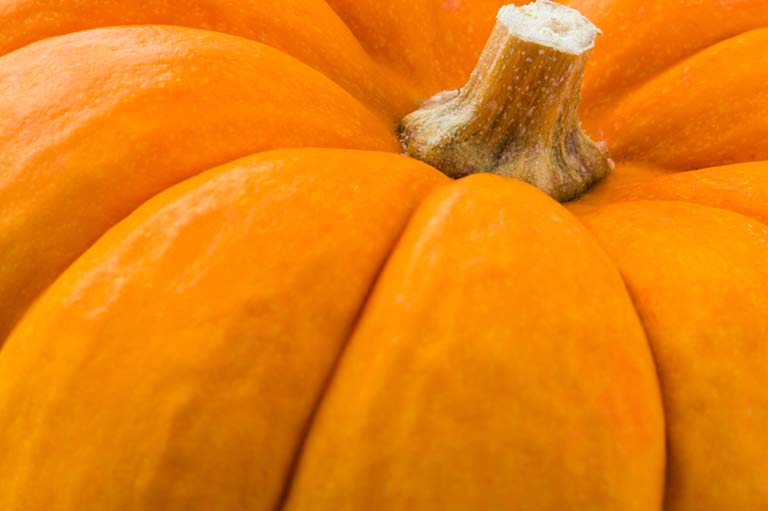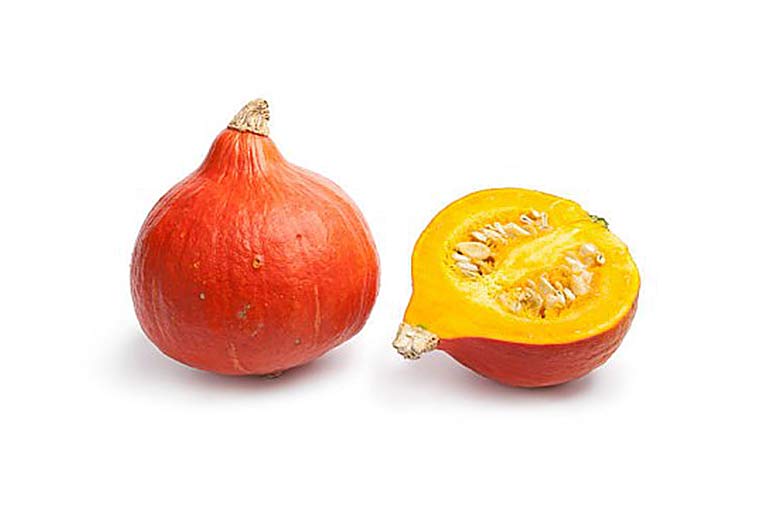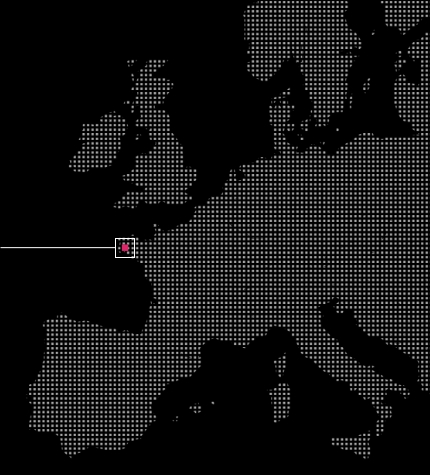Squashes are native of Central America. At this period, the Amerindians only ate the seeds and used the remains as cooking utensils and even as musical instruments.
Christopher Columbus brought squashes to Europe in the 16th century.
There are many varieties of squashes. We have therefore chosen to sell 2 of them: the red kuri squash and the butternut. Available in conventional and organic.
Conservation
Store the squashes in a dry, ventilated place at a mild temperature (15-20°C).

Butternut

The butternut looks like a long pear. Unlike its light beige skin, its flesh is bright orange.
It owes its name to its melting, butter-like texture. In France, it is also called « doubeurre » (literally soft – butter).
Butternut is consumed from September to January.
Raw, it is eaten in strips in a salad or in carpaccio.
Cooked, butternut is suitable for both savoury and sweet recipes: in gratin, purée, chips, velouté or even stuffed with goat’s cheese for example; or as a dessert: in a butternut and apple flan.
Low in carbohydrates, butternut is low in calories. It is rich in beta-carotene, minerals (potassium, magnesium, calcium), fibres and vitamins B, C and E.
Packaging :
- Per parcel of 6/8/10/12 units
Red kuri squash

Unlike other squashes, the red kuri squash arrived in Europe recently: in 1957 in France, to be precise, thanks to a Japanese family who came to live there and started to cultivate it.
Portuguese sailors brought the red kuri squash back to Japan and China after a trip to South America. However, it took several centuries for the red kuri squash to become famous in Europe. This is why the red kuri squash is also known as the « Hokkaido sweet pumpkin » and the « Chinese squash ».
This vegetable has a red-orange spinning top in shape. Its thick flesh is orange-yellow.
It is soft, sweet and its flavour is close to the chestnut’s. Hence its nickname of « chestnut squash ».
The French name ‘potimarron’ is a combination of two words: « potiron » (pumpkin), which refers to its colour, and « marron » (chestnut) which refers to its flavour.
The red kuri squash is consumed from September to March.
Raw, it is eaten grated or in strips in a salad, with fresh cheese and nuts.
Cooked, in soup accompanied by a pink onion from Brittany, in gratin, in quiche or stuffed with mushrooms.
Like its cousin the butternut, the red kuri squash is very low in calories. It is a reservoir of antioxidants, vitamins (A, C) and minerals.
Packaging :
- Per parcel of 6/8/10/12 units








